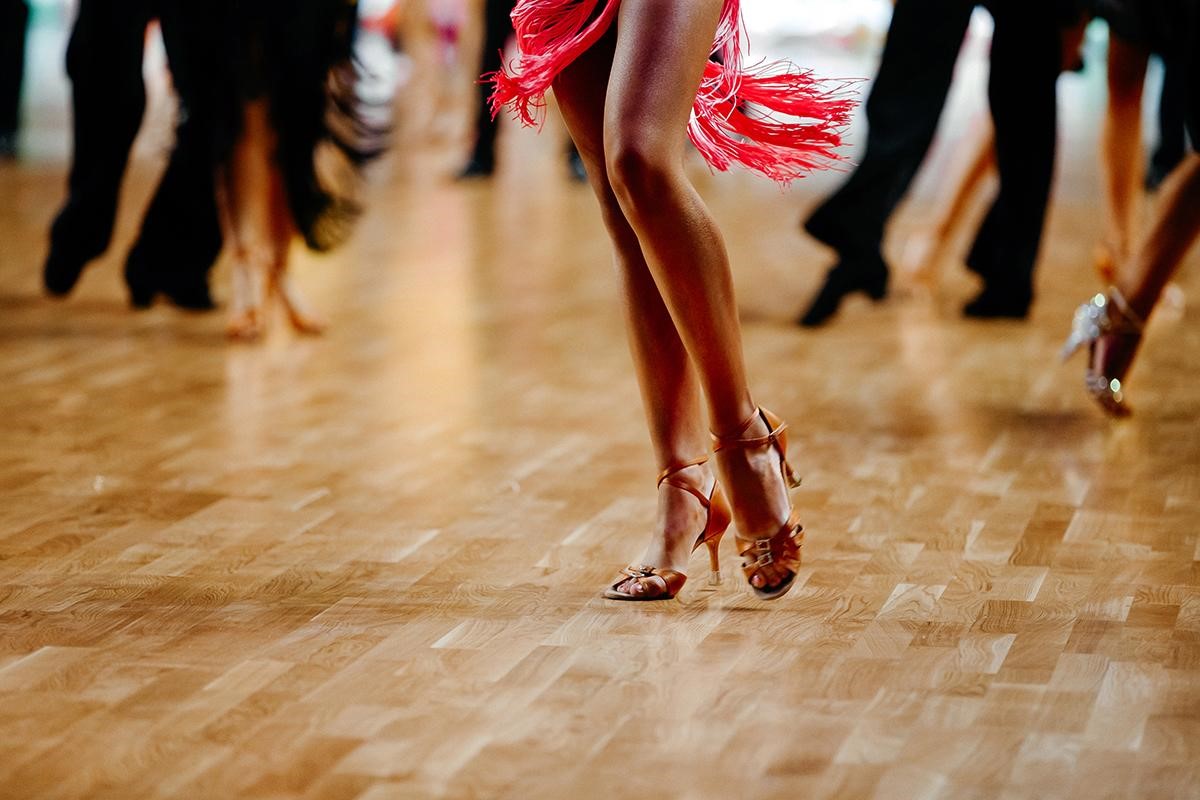Dance is a universal language that transcends cultures and generations. It has been a form of expression, celebration and communication for centuries, evolving and adapting to the changing times. Each decade in the 20th and 21st centuries brought forth unique dance styles, reflecting the music, fashion and social dynamics of the era. Reliving the best dance styles of the past allows us to not only appreciate dance history, but also understand the cultural and social context that shaped it. In this blog, we’ll take you on a journey through the decades, exploring some of the most iconic eras of dance that have left an indelible mark on our cultural landscape.
The Roaring Twenties: The Charleston
The 1920s, often referred to as the “Roaring Twenties,” were a time of significant cultural and social change, characterized by the liberation of women, the Prohibition era and the birth of modern jazz music. During this time, “The Charleston” rose to prominence as an iconic dance style. This energetic, high-energy dance reflected the spirit of the times, with its fast-paced footwork, high kicks and spirited movements. Unlike traditional dances, The Charleston embodied a sense of rebellion and exuberance that defined the early dances of the century, and it remains a symbol of the Jazz Age’s free-spirited nature.
The Swing Era: Lindy Hop
The 1930s and ’40s saw the rise of the Swing Era, marked by the popularity of big band music and the emergence of dances like the “Lindy Hop.” Originating in the African American communities of Harlem, the Lindy Hop was a lively and acrobatic dance that brought together elements of jazz music, tap dancing and The Charleston. Swing dancing offered joy and unity during a time when the world was grappling with the challenges of the Great Depression and World War II. The Lindy Hop continues to be celebrated for its infectious energy and the sense of community it fostered in the dance halls of the era.
The Rock ‘n’ Roll Revolution: Jive
The 1950s witnessed a cultural shift with the advent of rock ‘n’ roll music and the explosion of youth culture. This decade gave rise to “the Jive;” a high-energy dance that perfectly complemented the energetic and rebellious spirit of rock ‘n’ roll. Jive dancers embraced fast footwork, quick kicks and sharp turns, showcasing the exuberance of youth and the desire to break away from tradition. Icons like Elvis Presley and Bill Haley & His Comets popularized the Jive and it remains a symbol of the era’s youthful rebellion and excitement.
The Swinging Sixties: The Twist
The 1960s were a time of immense social and cultural change, driven by the counterculture movement and the British Invasion in music. “The Twist,” popularized by Chubby Checker, became one of the popular dances that captured the carefree and unconventional spirit of the decade. Its straightforward and repetitive moves made it inclusive for people of all ages, symbolizing a departure from societal conventions and a celebration of individuality.
The Disco Fever: Disco Dancing
The 1970s ushered in the disco era, characterized by pulsating beats, glamorous fashion and extravagant dance floors. Disco dancing became a cultural phenomenon, with iconic moves like “The Hustle,” “the Electric Slide” and the YMCA dance. These dances emphasized group participation and self-expression, reflecting the inclusive and celebratory nature of disco culture. Disco dancing not only enlivened dance floors but also provided a means of escape during tumultuous periods.
The Hip-Hop Revolution: Breakdancing
The 1980s saw the emergence of hip-hop culture, with breakdancing, or “b-boying,” taking center stage. Breakdancing was characterized by its dynamic and acrobatic moves, as dancers showcased their skills in battles and competitions. It was a reflection of urban life and the creativity of marginalized communities, giving voice to a new generation of artists and dancers. Breakdancing remains a global phenomenon, influencing many modern dances and music of today.
The Technological Age: Rave and Electronic Dance Music (EDM)
As we moved into the late 20th century and early 21st century, technological advancements played a significant role in shaping contemporary dance culture. Rave culture and Electronic Dance Music (EDM) became synonymous with the 1990s and beyond. These modern dance styles focused on the sensory experience, with DJs and electronic music producers creating immersive soundscapes that induced euphoria on the dance floor. Rave and EDM culture celebrated individuality, inclusivity and the idea of a utopian dance community where everyone was welcome.
The history of dance reflects the cultural, social and musical changes that have shaped our world. Reliving the best dance styles of the past allows us to connect with the spirit of each decade and appreciate the way dance has brought people together, provided a means of expression and celebrated individuality.
Learn Popular Dance Styles at Arthur Murray Dance Studios in New Jersey
Whether you’re a beginner or an experienced dancer, every Arthur Murray Dance Studio in New Jersey offers expert instruction in a variety of techniques. Styles include the sultry and sensual Argentine Tango, the elegant and graceful Waltz, the vibrant and energetic Salsa, the timeless and romantic Foxtrot, the rhythmic and playful Swing, and the passionate and expressive Rumba, among many others.
Our professional instructors and welcoming atmosphere create the perfect environment to learn and refine your dance moves while embracing the joy of dance. Contact us today to get started.

Leave a Reply